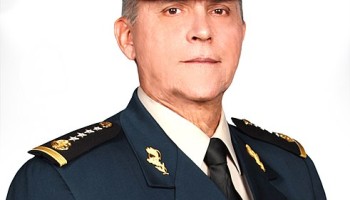FARC became increasingly involved in drug trafficking in the 1990s. A CIA report from 1992 describes FARCs growing involvement in drug trafficking through “taxation” of drug trade in the areas under their control.
Later, the organization turned to trafficking themselves. FARC managed to develop a sophisticated international communications and transportation network and by 2006, the U.S. Department of Justice estimated that it supplied more than 50 percent of the world’s cocaine. It reached 60 percent in 2009 until the organization lost ground in the North American trade to the Mexican drug cartels. Recently it has focused on the European market – a market that has doubled in size in the last decade according to a United Nations Office of Drugs and Crime (UNODC) report.
It is not clear who will take Cano’s place in FARC, although analysts believe the FARC commanders Ivan Marquez and Timoleon Jimenez “Timochenko” are likely candidates. An independent security analyst from Colombia, Alfredo Rangel, said for W Radio that it will be hard to find someone to fill Cano’s shoes. He expects that this lack of leadership will lead to FARC’s eventual demise, although not immediately. A series of military crackdowns on FARC in the past decade reduced its membership from a high of around 18,000 troops in 2000, to about 8,000 in the recent years.





